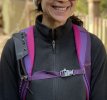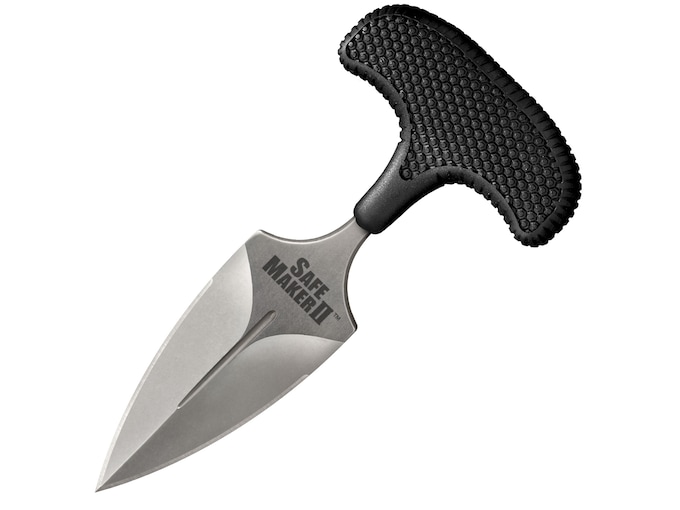I assume you're referring to People v Hester. If you are then I agree that it is one of the dumbest legal decisions I've see in California. It's one I always refer to when giving examples of some of this states dumbest rulings.
If that is the case you're referring to, for the sake of accuracy, the Appeals Court ruled that concealed box cutters can be charged as concealed dirks/daggers, not as switchblades. But they also included in that ruling that it does not apply to people carrying concealed box cutters for legitimate use. Mr. Hester was a violent criminal engaged in violent crime when he was found in possession of the box cutters, which greatly influenced the decision of the Appeals Court.
Doing a search of case laws I couldn't find any cases where they ruled a box cutter was a switchblade.
As far as the question of what is a dirk or dagger, there is the statute definition here-
https://www.leginfo.legislature.ca....aySection.xhtml?sectionNum=16470.&lawCode=PEN
And then there are several case laws on the subject that provide further explanation, but it's a little complicated.
Once again, whether a person can be found guilty of carrying a concealed dirk/dagger is very much a matter of intent regarding the reason the person was carrying the item, as well as the design/condition of the item itself, and what activity the person was engaged in when found in possession of the item.
There are several case laws that provide legal exceptions for people carrying concealed items capable of ready use as stabbing weapons (including fixed-blades) but who do so "innocently", and who can demonstrate that they were in possession of the item for legitimate purposes. There are several such references to carrying scissors, or carrying a kitchen knife for food prep, or carrying a knife or awl for work. However, I would not want to test these exceptions.
The case I mentioned earlier (People v Oskins) is a good example. Oskins was initially arrested and convicted of carrying a concealed dirk/dagger after leaving his place of work at lunch with a work-issued fixed-blade in his pocket. Although the knife was concealed, and although it was capable of being used as a stabbing weapon, the Appeals Court determined, after Oskins provided witnesses, that he was not carrying the knife as a weapon. Because of that the court overturned his conviction.
Again, it's very much about intent, and design, and activity. If a person were carrying a concealed screwdriver to go fix something, that screwdriver should not, as a matter of law, be considered a concealed dirk/dagger. However, if a person were caught coming out of a business they had just broken into, or if they had just threatened someone with bodily harm, then that screwdriver could be charged as a concealed dirk dagger.
But then, even when a person is carrying a knife as a weapon, and admits to it, and has threatened to use it, the design of that knife can matter greatly. For example, People v Barrios. Mr. Barrios was convicted of carrying a concealed dirk/dagger after being found with a concealed bread knife. He admitted carrying it as a weapon, and according to the arresting officer, he claimed he was being followed and threatened to "kill them". But Barrios appealed his conviction claiming the knife did not meet the legal definition of a "dirk/dagger". And upon examination of the knife, the Appeals Court agreed and overturned his conviction. They determined that due to the design of the knife (flexible blade, rounded tip, no guard) that it would not make an effective stabbing weapon.
Like I said, it's a little complicated.
And for the sake of clarification, I will add that under California law a prosecutor does not have to prove intent to use an item as a weapon to obtain a conviction of carrying a concealed dirk/dagger, however, by law (as a result of P V Oskins), a defendant does have the right to offer evidence of legitimate use at trial, and the jury instruction on the charge of carrying a concealed dirk/dagger instructs the jury that if they believe the defendant was carrying the item for legitimate use that he/she should not be found guilty. It's legal hair-splitting, but it got Oskins conviction overturned.





